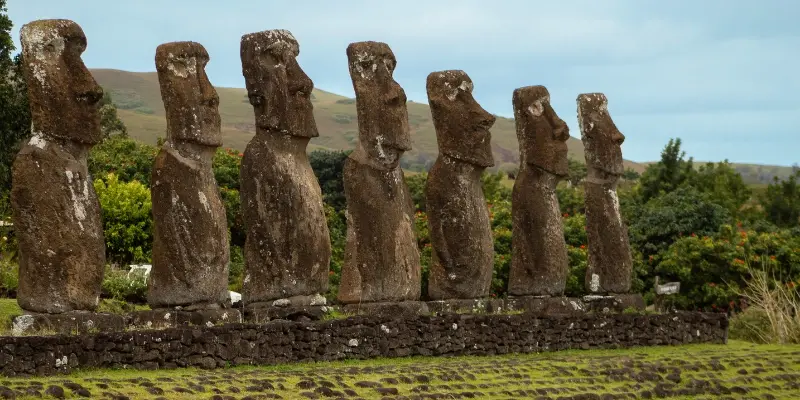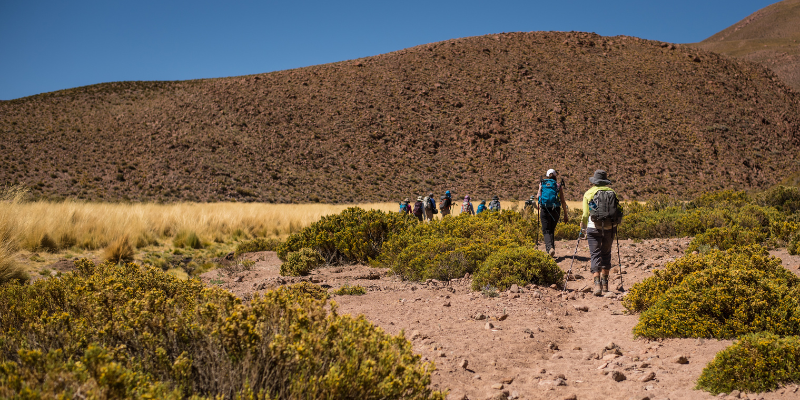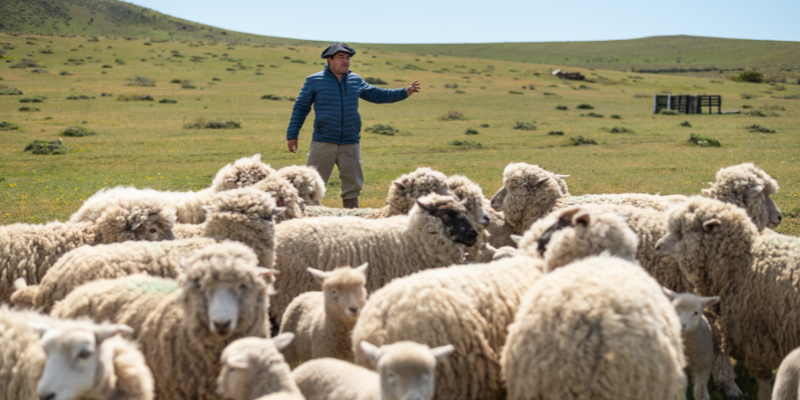It’s always the way. You set off on the trip of the lifetime, certain that you’ve followed the preparation advice to the letter, sure that you’ve brought all of the recommended kit and convinced that you've read everything you could find in the guidebooks and on the internet. Yet within five minutes of arriving you’ve already thought of five things that you wish you’d known before you left home. We’ve put together a list of too-late realizations for hiking in Torres del Paine National Park, based on personal experience, to save you the hassle!
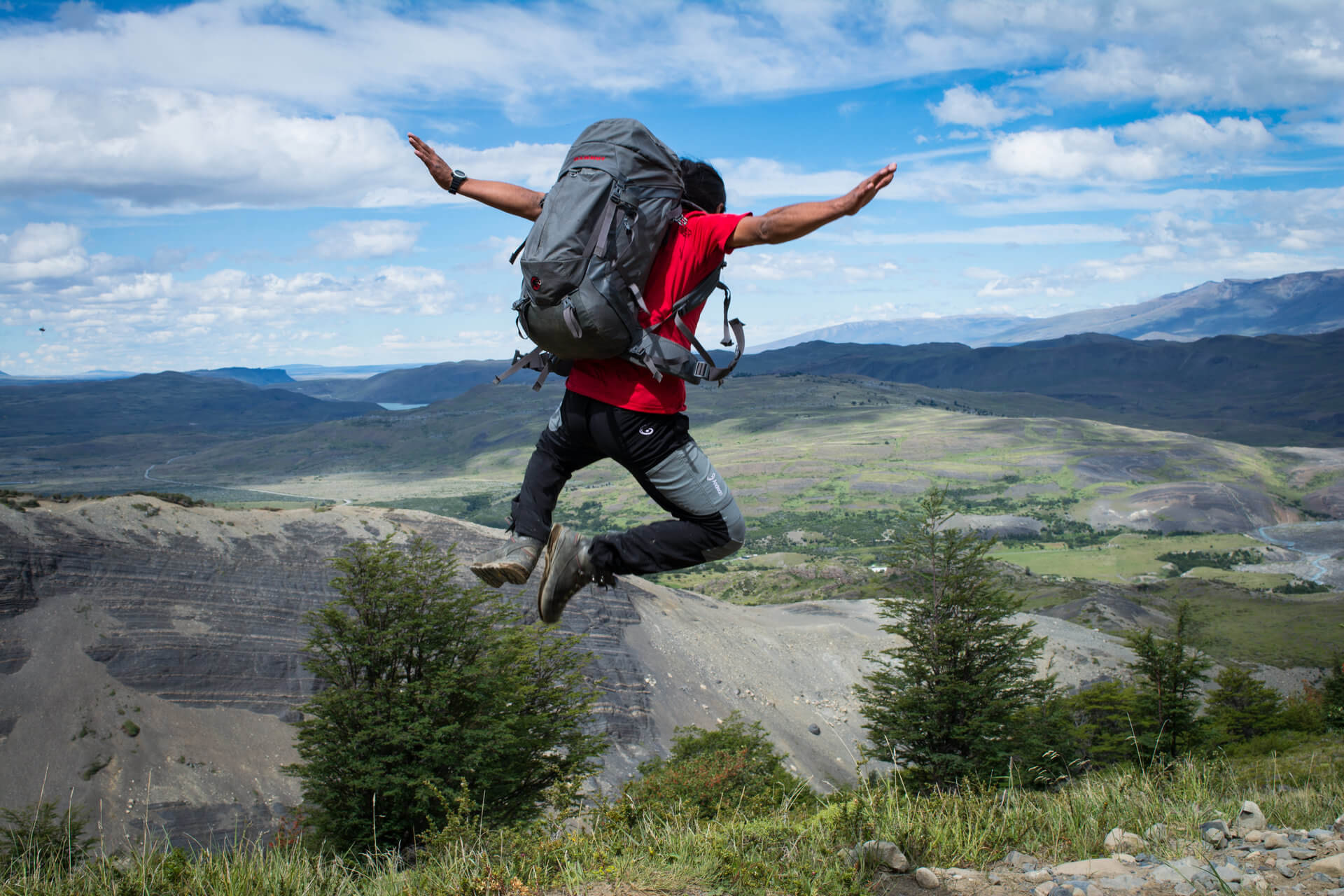
1. Backpack Covers Aren’t Always the Best Option
Since most backpack covers simply grip onto your backpack with elastic, they’re often not mighty enough to contend with the wild winds of Patagonia. Rather than shell out for an expensive cover that risks being whipped away into a gorge when the wind gets up, pack your kit into sealed waterproof bags before you put them in your pack.
2. The Clouds Are Interesting
For most people, clouds range from being an occasional annoyance spoiling a sunny day to an unfortunate daily reality. But in Patagonia, clouds take on an entirely new dimension. They may lie in valleys, enormous and recumbent, impersonating lakes. They may charge across the sky in angry hordes. There’s a never ending variety to be discovered and each is more intriguing than the last.
3. You’ll Be Hungrier Than You Can Imagine, Even on “Easy” Days
Whether you’re planning on completing the full Paine Circuit, the legendary W Trek (check out our full W Trek guide here), or just dipping in for a day hike, be sure not to skimp on the food. Not only are you likely to be much hungrier than you would be on an ordinary day at home, you’ll need all the energy you can get to keep your spirits high as you hike. You may even eat more on shorter hiking days if the weather is cold, which it can be in Patagonia.
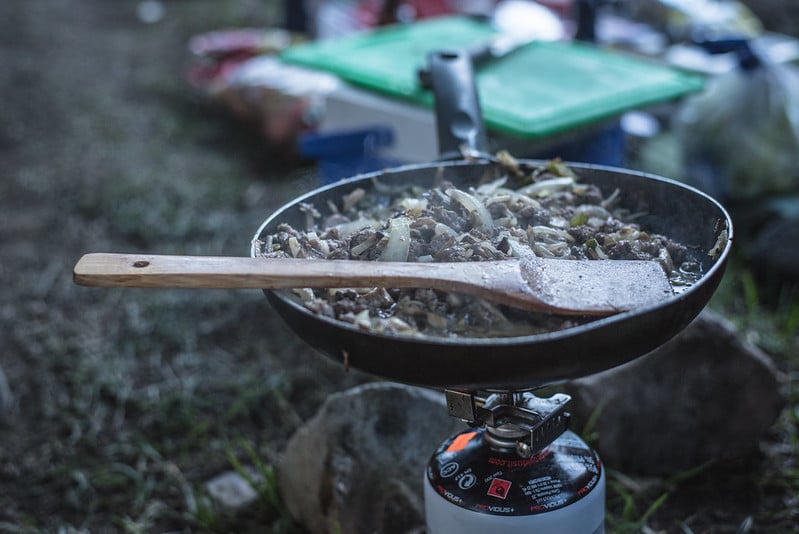
4. “Patagonian Flat” is not Flat
The rolling steppe that surrounds the striking mountains of the Paine Massif is referred to as “Patagonian flat” terrain. Whilst it may be true that the land is flatter than the mountains themselves, to call it flat is still a bit of a misnomer. The land undulates constantly up and down so be prepared to take it in your stride.
5. Wear Sunscreen, Even When It’s Cloudy
If you’ve been reading up in preparation for your Patagonia hiking trip, you’ve probably been advised that the sun in Patagonia is particularly strong, even when covered by cloud. But it's one thing reading that you should wear sunscreen when it's gloomy, and it's another thing to actually do it. Take our advice and take this advice, or you may end up red in the face.
6. You Can Still Get Sunshine in Autumn
There’s a really common misconception that the best time to visit Patagonia is during the southern summer months from November to February and to visit at any other time of year is to gamble with a washout. Let us set your mind at ease, it is still entirely possible to enjoy warm, sunny weather during the autumn (and spring), we’ve seen it first hand!
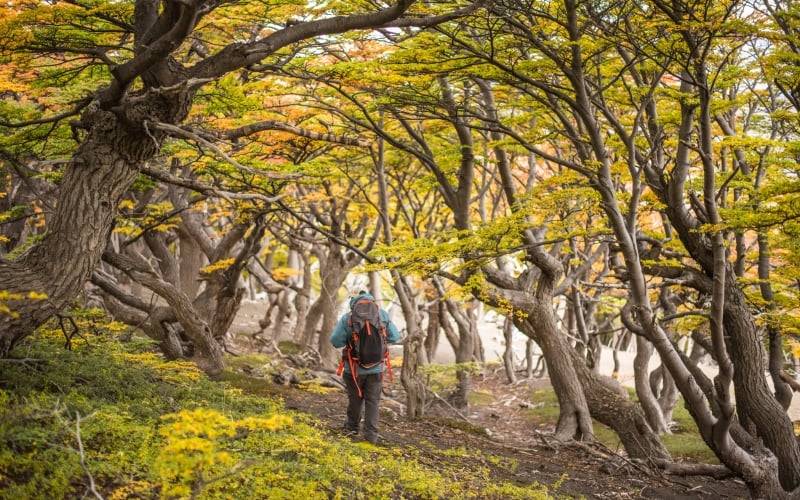
7. Take Your Camera Everywhere
We mean literally everywhere! To breakfast, to the bathroom, wherever you are! If you’re a keen photographer keep your camera with you at all times. Just trust us, you can be sure that as soon as you go without it for more than a minute you’ll see something amazing; a double rainbow, a low-flying condor, a pink-tinged sunrise, a cloud... or something entirely unexpected. Don’t say we didn’t warn you!
8. You Might Need Bug Spray at Any Time of Year
Patagonia has a reputation for cooler temperatures and it’s true that snow is not unheard of even in summer, so you might think that biting bugs and midges would be the last of your worries. Think again! Whilst you’re unlikely to be completely plagued by the pests, it’s not uncommon to run into a small cloud of biters whilst out hiking and even one lone midge trapped in a tent overnight can cause misery. If you’re irresistible to bug life, take a natural insect repellent and douse yourself at regular intervals.
9. Puma Sightings Happen!
Catching sight of a puma in the wild is like winning the Patagonia lottery since these secretive creatures are masters at quietly blending into the background. But much like the lottery, somebody somewhere will win eventually and there’s always a chance that it could be you! Pumas are most active in the very early morning or as the sun is setting, and you’re more likely to see them away from the busy main hiking trails.
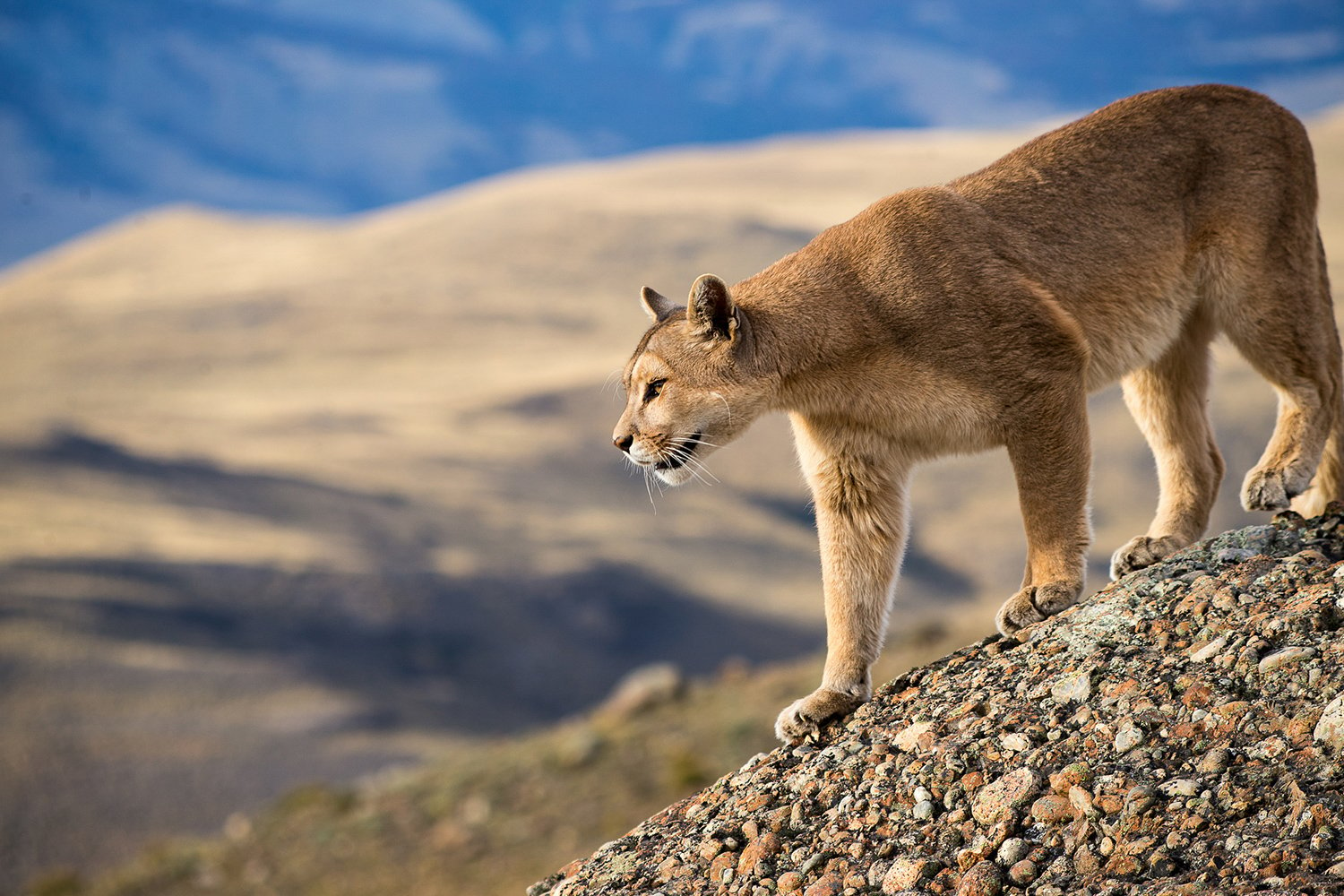
10. “Patagonian Time” is More Flexible than Regular Time
Patagonia has something of a timeless feel and you might sense that you’ve wandered into another age. On top of that, time also takes on a strange elasticity in Patagonia; some of the suggested hiking times can seem wildly optimistic whilst others are easily beaten. We suspect this has a lot to do with the variable weather conditions, but whatever the cause, be sure to build some contingency time into your hiking plan.
11. There is Such a Thing as a Full Double Rainbow
Assuming you’re not from Patagonia or the Land of Oz, you probably think of rainbows as rare, fleeting and always frustratingly incomplete. Patagonia’s wild weather, however, means that rainbows are an almost everyday occurrence. Not only that, but with Patagonia’s wide horizons it’s often possible to see rainbows from end to end, in fact, you might even see two at once!
12. You Won't Miss Your Laptop or Mobile Phone
Hiking in Torres del Paine means complete disconnection from your electronic existence. You’re unlikely to take your laptop hiking with you and there are many places within the park where there’s no cell phone signal at all. This can be a concern for those of us who’ve forgotten how to live life without constant internet access, but fear not, you won’t miss them. Hiking is great for creating a sense of community so you won’t be lonely and you’ll be too glad of your bed at the end of the day to want to stay up late watching YouTube videos of cats!
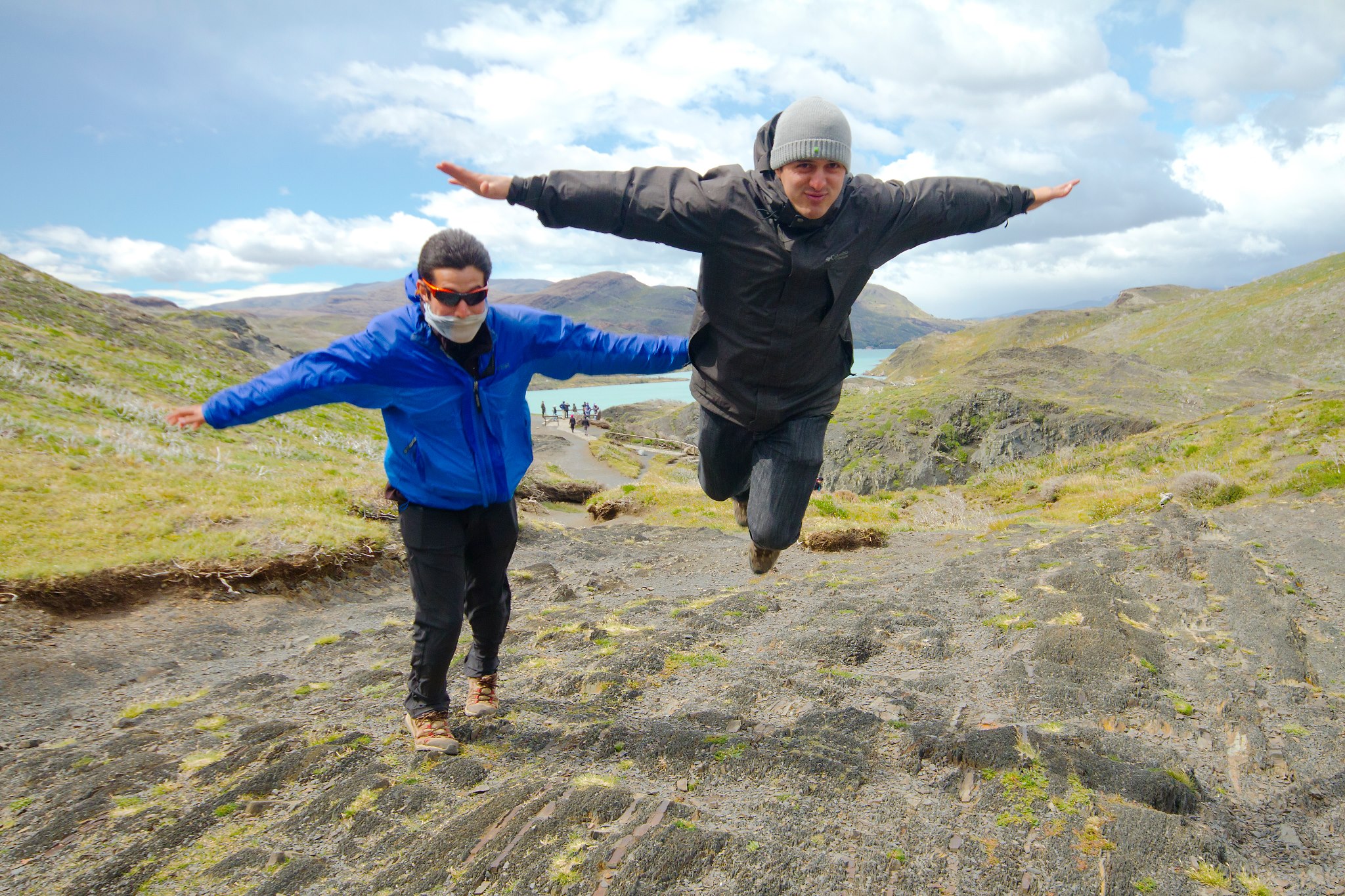
13. The Noise That Sounds Like a Passing Train Could be an Avalanche
When tackling trails that take you close to the Torres del Paine mountains, such as the W Trek or the Paine Circuit, you may sometimes hear a unsettling roaring, whooshing sound from afar. It could well be the sound of an avalanche and you might even see it. However there’s no cause for concern since none of the established trails will lead you into a danger zone.
14. If You Don’t Know What That Bird of Prey is, it’s Probably a Carancho
Torres del Paine National Park is home to over a hundred bird species including 15 different kinds of birds of prey. But before you spend the first day asking the question “What’s that bird of prey?” over and over again, bear in mind that the most common of all is the carancho or Southern Crested Caracara. Although it can be up to 65 centimetres long, the carancho will look tiny next to a condor and has a less triangular silhouette than an eagle.
15. Take a Flashlight for Refugios and Nighttime Bathroom Breaks
Whether you’re camping out on a multi-day hike or you choose to stay in refugios (mountain lodges) a small flashlight or lantern is a worthy addition to your pack. Refugio dorms are not lit throughout the night and finding your way to the bathrooms from a completely dark tent is a minefield of hidden guylines and tent stakes.
16. Even Healthy Knees Can Take a Pounding on the Descents
Even if you’ve never previously suffered from knee problems it’s best to take the downhill trails gently. Knee problems often surface the day after a tough trek rather than during the hike itself so again it’s not a great idea to pound down the slopes just because you feel fine in the moment. Control your steps carefully using your quad muscles and remember not to lock your knees to prevent any damage. TIP: Bring a pair of hiking poles for support on the descents.
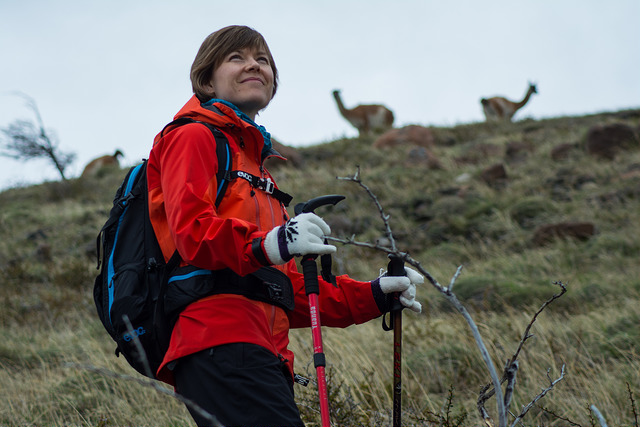
17. Pack a Waterproof Layer in your Backpack Even if it Looks Sunny
Trying to predict the weather in Patagonia is like looking for the philosopher’s stone, it’s shrouded in myth and ultimately impossible! So even if you’re setting off for a day hike in clear blue skies, you should always pack a waterproof layer for both your top and bottom halves. The weather can change from one moment to the next and you’ll be glad you brought back-up!
18. It’s Best to Put on Your Fleece as Soon as You Stop Hiking
When you’re hiking in Torres del Paine National Park, you’ll probably work up quite a sweat even if the air temperature remains quite chilly. It’s likely that you’ll end up taking off layers of clothing and stashing them in your pack as you go. However don’t forget to layer up again as soon as you stop for lunch or an extended break. It’s important to keep your muscles warm to prevent injury once you start hiking again and the cold can catch up with you quickly in Patagonia.
19. Even If You’ve Seen the Pictures 100 Times, the Reality is Still So Much Better
If you like to exhaustively research your trip before setting off you may have seen lots of spectacular photos of the Torres del Paine Towers, the rocky Cuernos, the glittering Grey Glacier and many more of Chilean Patagonia’s natural highlights. Photo fatigue is a genuine possibility and you might start to wonder if the real thing will be a bit of a let down. Let us assure you that there’s just nothing to compare with the reality of standing in the gigantic landscape of Torres del Paine, somehow it still manages to bring a little something extra.
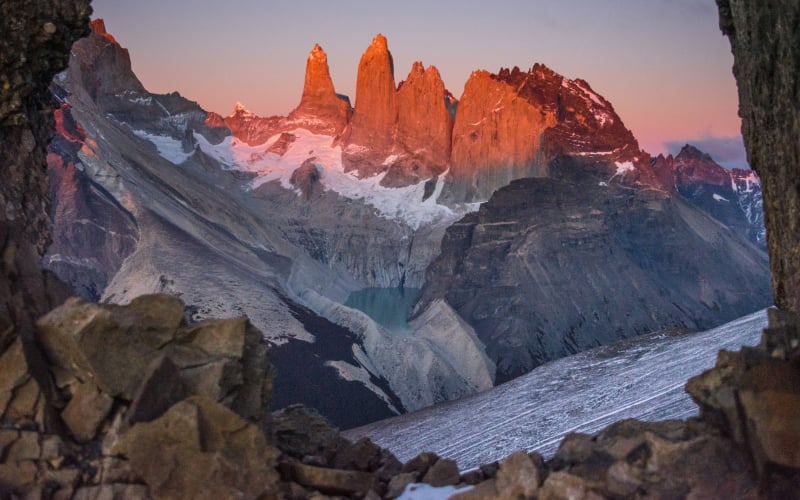
20. Suffering from “Wobbly Leg Syndrome” on the Descent from the Towers Base Trek is Normal
When planning to hike to the base of the iconic Torres del Paine Towers, most people focus on how hard it will be to get to the top. But whilst the uphill is harder on your circulation and breathing, the downhill is the biggest challenge for your muscles and you could find your legs turning to trembling jelly. This is quite normal and will probably subside after a short while, but you can help yourself out by slowing the pace and ensuring you’ve eaten plenty of high energy food.
Are you ready to embark on your first hiking trip? Take a look at our carefully designed tour packages and get planning! Don't see anything you like? Then drop us a message at reservations@cascada.travel so we can create something special for you!

